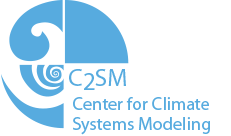C2SM Newsletter vol. 32
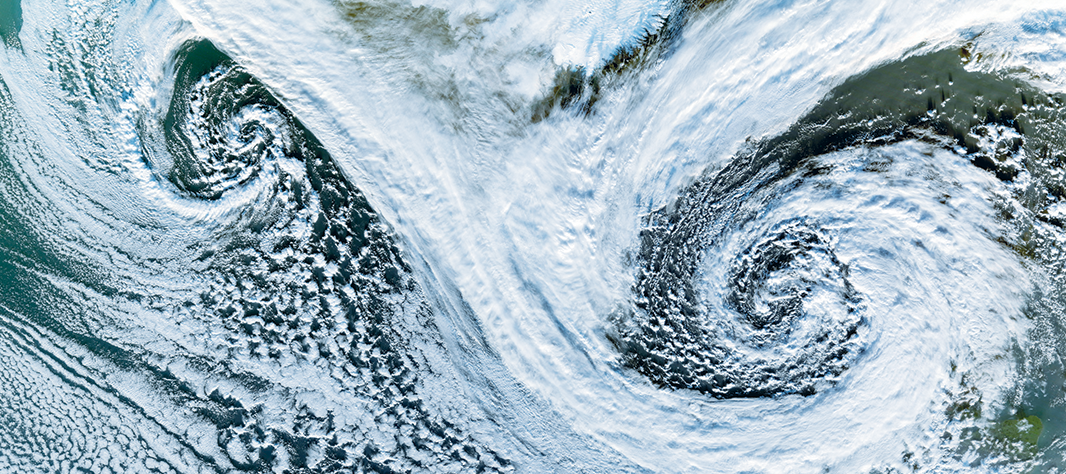
Topics in this Newsletter - September 2021
- News from the C2SM Core Team
- Modelling activities and Services
- News from EXCLAIM
- News from C2SM Community
- Selected press articles
- Upcoming events of interest
- Paper: Global warming and population change both heighten future risk of human displacement due to river floods
- Paper: Towards a definition of Essential Mountain Climate Variables
- Paper: Combined postprocessing of coarse and high resolution NWP models improves forecast skill
- Paper: The Swiss Alpine Zero Degree Line: Methods, Past Evolution, Sensitivities
- Paper: Tree growth in Switzerland is increasingly constrained by rising evaporative demand
- Paper: Urban multi-model climate projections of intense heat in Switzerland
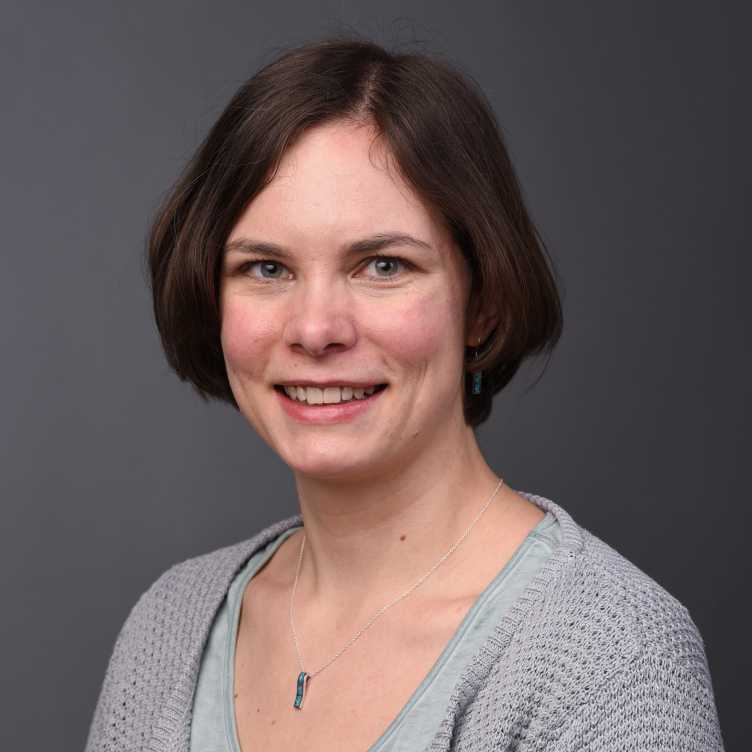
We welcome Dr. Ruth Lorenz to the C2SM core team as our new scientific programmer in the area of climate scenarios and climate impacts! Having worked with C2SM members Sonia Seneviratne and Reto Knutti before, she brings a comprehensive background in the analysis of climate data and climate simulations. We are looking forward to expanding our support for climate scenarios and building new expertise around impact research.
Modelling Activities and Services
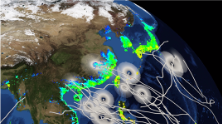
Implementing the new working groups
Much of the programming support C2SM provides to the community is organised by means of working groups, which agree on programming tasks assigned to the C2SM scientific programmers. With the transition to the extra-departmental center, we have restructured our previous working groups and created four new that are aligned with our four strategic themes High-Performance Computing, Further Development of Weather and Climate Models, Climate Scenarios, and Climate Impacts. As a consequence, we have adapted the annual working group meetings and introduced a “C2SM Working Group Day”, at which all working groups will meet in successive meetings. The first such C2SM Working Group Day, at which we introduced the adapted mode of operation of the C2SM core staff, took place on 30 March 2021. C2SM community members find all relevant information on this mode of operation at the C2SM website and wiki.
After that, we carried out the first regular Working Group Day on 28 June 2021. With 26 participants at the WG1&2 meeting and 19 at the WG 3&4 meeting we reached a large part of the community. Besides activity reports by the core team programmers, who presented tasks achieved since the first Working Group Day (details see next below), the meetings also provided space for an overview of short reports on actual research and projects by the C2SM groups. In addition, the C2SM programmers presented the planned work collected from the groups and community projects for the next half year. At the WG1&2 meeting, a lively discussion developed around the topic of containers, which could not be concluded at this time. It is clear that containers will remain a hot topic at C2SM, in particular with the advent of the Alps research infrastructure at CSCS in 2023 on which the container technology will play an important role. An equally vivid discussion characterized the WG3&4 meeting. It much revolved around which data are available that should be used in the upcoming CH202X scenarios. In addition, an important exchange on data needs by the C2SM impact researchers was started. To concretize ideas, identify synergies and joint interests in data requirements, C2SM will organise a meeting in September. The agenda, presentations, and minutes of the WG Day are now available to C2SM community members at the C2SM intranet (password protected).
Working Group 1 (WG 1, High Performance Computing)
Recent activities concerning WG 1 included implementing the prefetching of boundary data in the COSMO model for NetCDF formatted input files. This new feature allows to load the boundary data ahead of time and circumvent a major part of the performance penalty because of slow input/output (I/O). In an ideal setup the total model runtime could be reduced up to 30% in comparison to a run without prefetching.
Further work focuses on the online compression of NetCDF output in the COSMO model. C2SM programmers currently test various setups that could reduce the size of the output by about half, making any further compression in post-processing obsolete.
Working Group 2 (WG 2, Development of Weather and Climate Models)
Recent activities concerning WG 2 focused on the COSMO preprocessing software int2lm. We adapted it such that it can also only read a subset of large input files in order to save compute resources.
Working Group 3 (WG 3, Climate Scenarios)
In working group 3 new scenario runs from EURO-CORDEX, which became available since the CH2018 report, are added to the data base. For example in the high emission scenario RCP8.5 this results in an increase in available model runs from around 20 to more than 70. The new climate model runs are evaluated and analyzed, so far the new results are broadly consistent with the CH2018 report.
Working Group 4 (WG 4, Climate Impacts)
The topic of climate impacts is a new topic for C2SM. So far, work has been mostly around finding out the needs of the climate impacts community and how C2SM support can be most beneficial to climate impacts researchers. We will have a meeting about this topic in September, in case you are interested to learn more, please contact .
Kick-off of the EXCLAIM project
The Extreme scale computing and data platform for cloud-resolving weather and climate modeling (EXCLAIM) project was officially kicked-off on April 1, 2021. This six year openETH project aims to develop an external pageICON-modelcall_made based infrastructure that is capable of running kilometre-scale climate simulations at both regional and global scales. Development of this infrastructure requires a highly collaborative effort that brings together computer scientists with data and domain experts, using innovative coding concepts and exploiting the next generation of supercomputer architectures and the power of novel hardware systems including accelerators such as Graphics Processing Units (GPU).
We are happy to announce the newly established EXCLAIM board of directors that is in charge of the implementation of the project: Dr. Anurag Dipankar (Director of science) and Dr. Mauro Bianco (Director of software) form the core team with Xavier Lapillonne (Head of Numerical Weather Prediction Computing team at MeteoSwiss) and Dr. Christina Schnadt Poderaj (C2SM Executive Director) supporting them.
For further information, visit our website or contact the project coordinator Dr. Tamara Bandikova.
Newly funded Sinergia-Project: Seamless coupling of kilometer-resolution weather predictions and climate simulations with hail impact assessments for multiple sectors (scCLIM)
Socio-economic impacts of weather phenomena in a changing climate are a concern for government agencies, industry and the public, on time scales from hours (warnings) to decades (adaptation, long-term strategic planning). This project, focuses on thunderstorm-related severe weather, in particular hail, one of the main weather-related damage drivers in Central Europe for agricultural crops and infrastructure, and related impacts today and in future. The project brings together expertise in complementary areas to establish a seamless model chain from the simulation of thunderstorms to the quantification of hail impacts in Switzerland, namely: (1) very high-resolution weather and climate modeling, (2) detailed hail track analysis from radar observations, and (3) the integration of process-based model components to provide probabilistic quantification of hail risks and sector-specific impacts on agriculture, buildings and cars.
This external pageSinergiacall_made project, is funded by the external pageSwiss National Science Foundationcall_made (2.76 millions) and is structured in five strongly interconnected subprojects led by scientists from ETH Zurich, University of Bern and Agroscope, and it includes partners and their expertise from MeteoSwiss and industry.
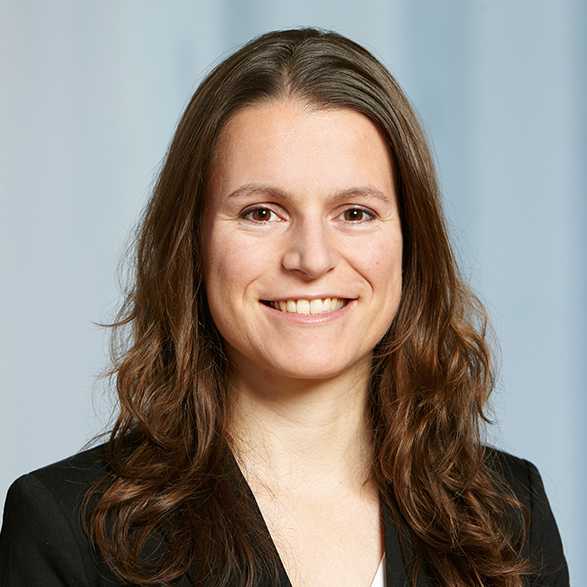
Daniela Domeisen appointed Associate Professor at the University of Lausanne
We congratulate Daniela Domeisen, C2SM member and ETH professor to her new position as Associate Professor of Atmospheric Processes at the Institute for Land Surface Dynamics. We wish her all the best in her new role!

"Schwitzen Wiesen und Wälder so wie wir?" (Do meadows and forests sweat like us?), was the topic of a talk at the external pageKinder-Universität Zürichcall_made given by C2SM member and ETH Professor, Nina Buchmann. Once postponed in 2020, it now took place in zoom: a 30 min talk followed by about 20 min discussion with about 80 children of grades 3 to 6 (primary school). Find the full recording external pageherecall_made.
Master's Thesis: Spatial snow climatology of Switzerland
In her recently completed Master's Thesis jointly supervised by the Climate and Water Cycle Group at IAC and by MeteoSwiss, Monika Göldi compared and validated different climatological snow water equivalent (SWE) datasets over Switzerland. Ranging from high-resolution models and satellite observations to re-analyses, a high temporal correlation among the different data sets and consistent trends of decreasing SWE over the last 40 years were found. However, some discrepancies among the datasets exist, for instance a large overestimation of SWE in the COSMO-REA6 regional reanalysis for the Engadin or in ERA5-Land for the Valais and Engadin. For those interested in the full range of results, the thesis is external pageavailable onlinecall_made.
As a follow-up project, SLF and MeteoSwiss are jointly developing a 1 km spatial snow climatology over Switzerland based on the models used for the SLF's operational snow hydrological service (OSHD) and integrating results from Monika Göldi's thesis. The project started in June this year and first results are expected by the end of the year. We will keep you updated.
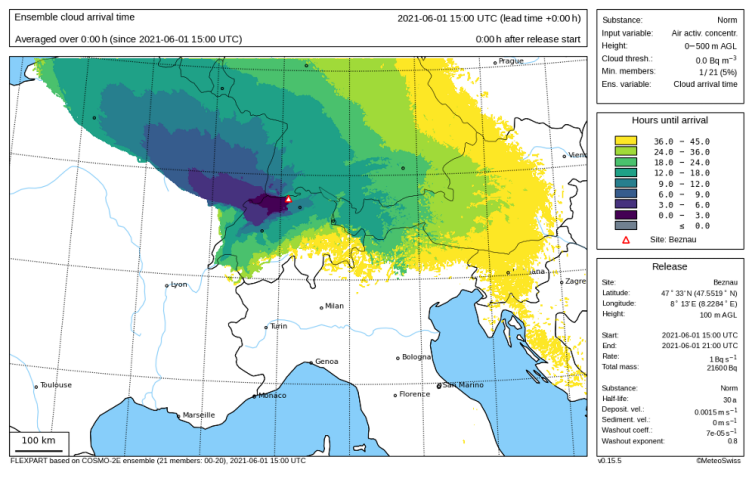
MeteoSwiss performs routine dispersion calculations. These are immediately available to be used in response to emergencies such as the release of radioactivity into the atmosphere. In order to transform the meteorological uncertainty provided by ensemble numerical weather prediction (NWP) models into a dispersion uncertainty, a new ensemble dispersion modeling system based on COSMO-2E will complement the deterministic “best estimate” forecasts. Visualization is a major challenge, as products must be easily understood in stressful emergency situations even by non-experts. To this end, regular exchange with customers in emergency response is indispensable. A set of ensemble products has been developed by C2SM postdoc Stefan Rüdisühli during the last two years. Figure 1 shows the arrival time of the radioactive cloud after the start of a hypothetical release. The conservative cloud definition of nonzero concentration in at least one of the 21 members ensures robust estimates of the minimum time available for countermeasures before contamination arrives.
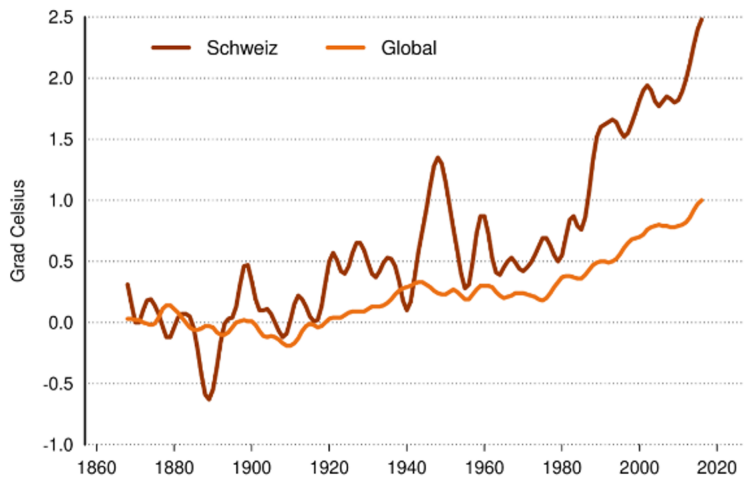
The Swiss temperature evolution in comparison
To illustrate progressing climate change, the temperature development in Switzerland is often compared with that of the global mean temperature. In a recent blog article available in external pageGermancall_made, external pageFrenchcall_made and external pageItaliancall_made, MeteoSwiss discusses the evolution of the Swiss and larger-scale temperature series over the past 150 years in detail and explains similarities and differences.
New collaborators in climate scenarios
Two new collaborators in the team Climate Evolution of MeteoSwiss have recently started to work on Swiss climate scenarios and will provide support to scenario users. While Regula Mülchi () will mostly focus on technical aspects, Jan Rajczak () will coordinate the content and setup of future scenario generations. A warm welcome to both of them!
Selected press articles
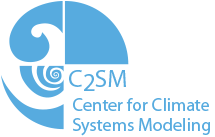
- SRF 1, Einstein: external pageCO2-Wunder Island – Was wir vom Klima-Weltmeister lernen könnencall_made, Prof. Reto Knutti, Dr. Petrissa Eckle, 26.08.2021
- Tagesanzeiger: external pageEs braucht eine neue Generation von Klimamodellencall_made, Prof. Nicolas Gruber, 08.08.2021
- Radio SRF 1 , Echo der Zeit: external pageWir müssen uns an klimatische Extremst-Ereignisse gewöhnencall_made, Dr. Erich Fischer, 26.07.2021
- Zukunftsblog ETH Zürich: Klimaschutz bringt billigere Energie, Prof. Anthony Patt,
- 24.06.2021
- nau.ch: external pageEnergiewende könnte Ernährungssicherheit gefährdencall_made, Prof. Lenny Winkel, 26.05.2021
- SRF 1, Club: external pageKlimapolitik: Verantwortung oder Vorschriften?call_made, Prof. Reto Knutti, 25.05.2021
ETH-Klimarunde
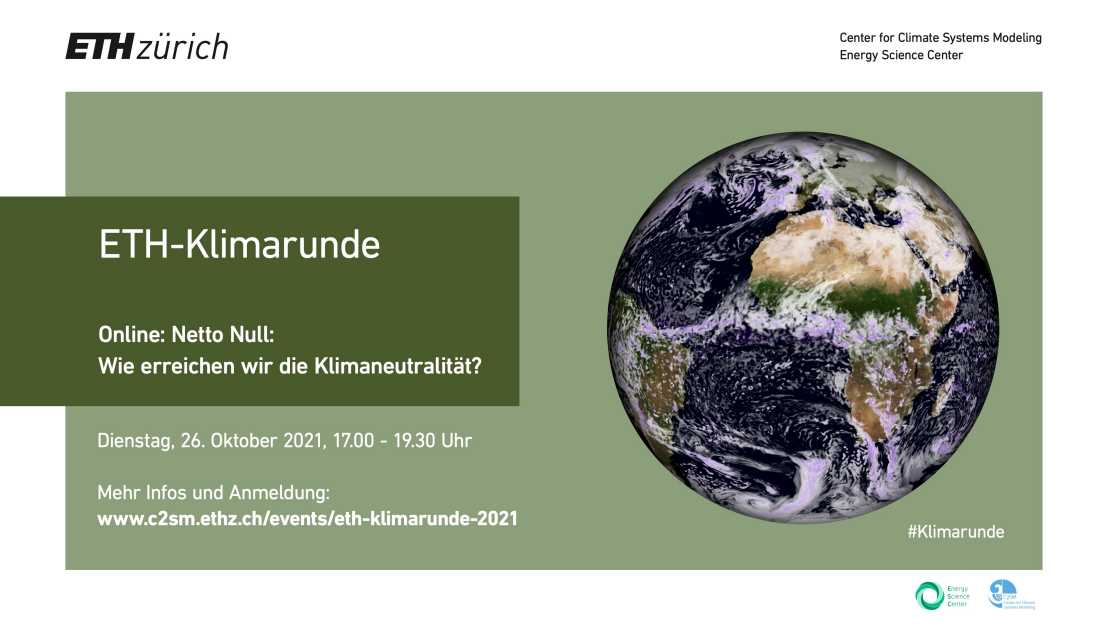
Netto-Null: Wie erreichen wir die Klimaneutralität?
Wir behandeln die Fragen:
- Was sind die neuesten Erkenntnisse vom Weltklimarat zum Klimawandel?
- Wie können wir Klimaschutz in der Schweiz umsetzen?
- Welche Rolle spielen Negativemissionen für die Klimaneutralität?
und mehr...!
Mehr Informationen und Anmeldung (ab September) auf der Klimarunde-Webseite:
https://c2sm.ethz.ch/events/eth-klimarunde-2021.html
Highlighted Papers from the C2SM Community
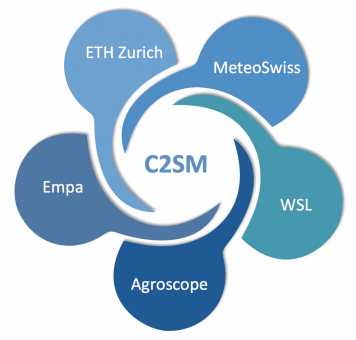
Paper: Global warming and population change both heighten future risk of human displacement due to river floods
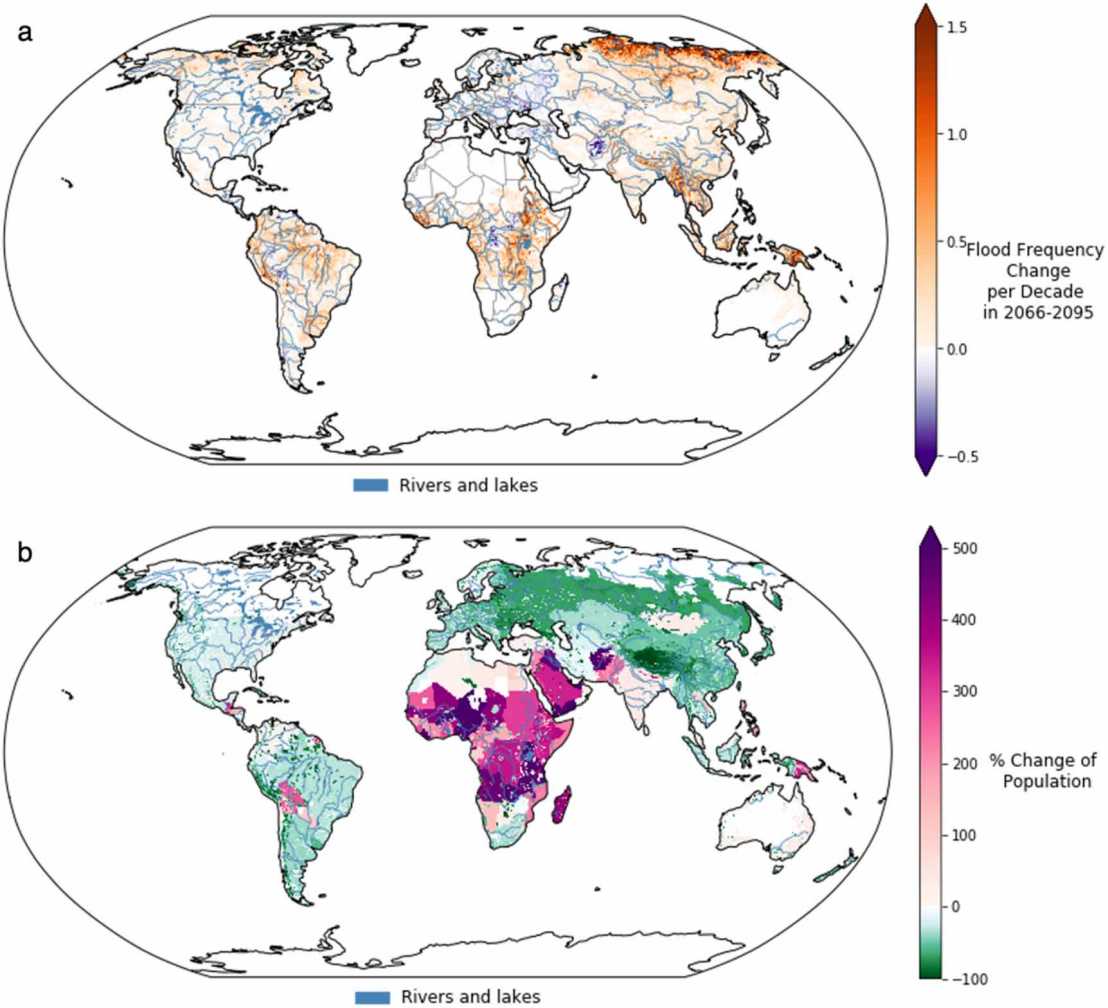
Every year, millions of people around the world are being displaced from their homes due to climate-related disasters. River flooding is responsible for a large part of this displacement. Previous studies have shown that river flood risk is expected to change as a result of global warming and its effects on the hydrological cycle. At the same time, future scenarios of socio-economic development imply substantial population increases in many of the areas that presently experience disaster-induced displacement. Here we show that both global warming and population change are projected to lead to substantial increases in flood-induced displacement risk over the coming decades. We use a global climate-hydrology-inundation modelling chain, including multiple alternative climate and hydrological models, to quantify the effect of global warming on displacement risk assuming either current or projected future population distributions. Keeping population fixed at present levels, we find roughly a 50% increase in global displacement risk for every degree of global warming. Adding projected population changes further exacerbates these increases globally and in most world regions, with the relative global flood displacement risk is increasing by roughly 350% at the end of the 21st century, compared to an increase of 150% without the contribution of population change. While the resolution of the global models is limited, the effect of global warming is robust across greenhouse gas concentration scenarios, climate models and hydrological models. These findings indicate a need for rapid action on both climate mitigation and adaptation agendas in order to reduce future risks to vulnerable populations.
Kam, P. M., Aznar-Siguan, G., Schewe, J., Milano, L., Ginnetti, J., Willner, S., McCaughey, J., and Bresch, D., N., 2021: Global warming and population change both heighten future risk of human displacement due to river floods. Environ. Res. Lett. 16, 044026. external pagehttps://doi.org/10.1088/1748-9326/abd26ccall_made
Paper: Towards a definition of Essential Mountain Climate Variables
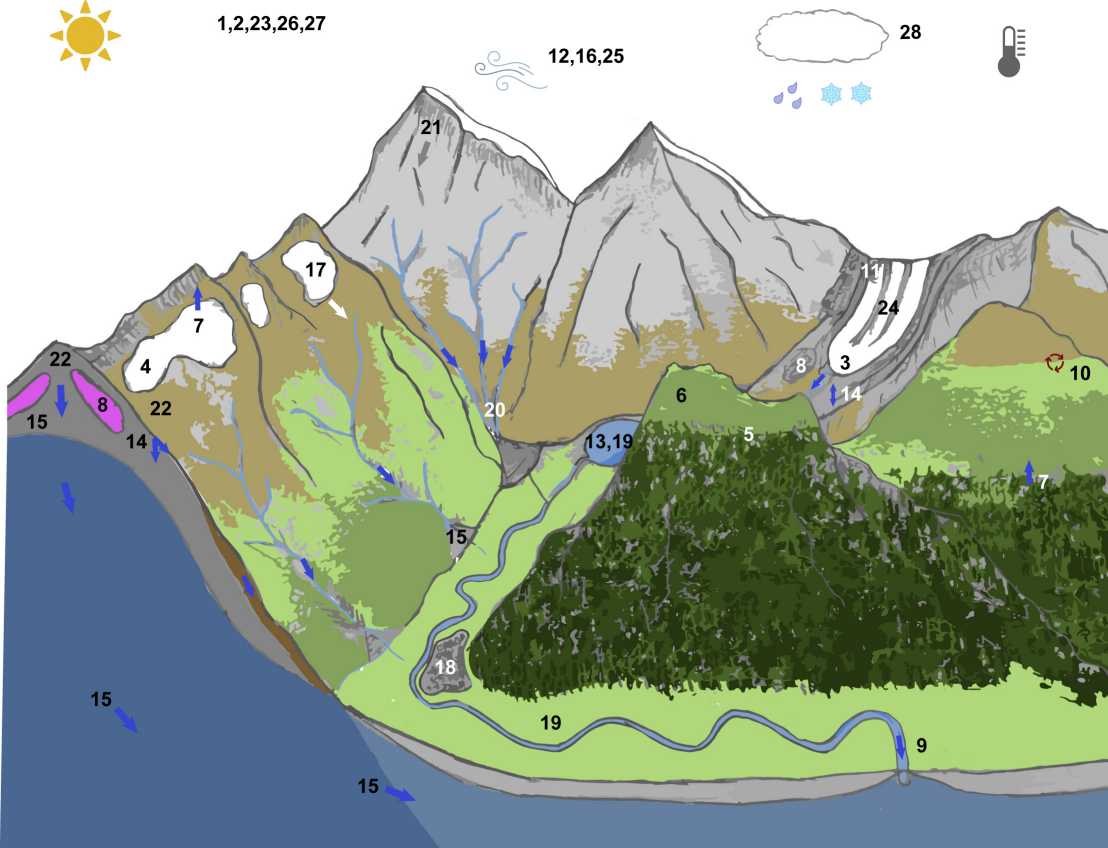
A new article published in the journal One Earth proposes a set of potential Essential Mountain Climate Variables (EMCVs) to support the monitoring and understanding of key climate change-related mountain processes. The article builds upon a workshop organized by GEO Mountains and hosted by the Mountain Research Initiative (MRI). Following an interdisciplinary review of the main climate change processes in mountain environments and their interactions, 97 associated potential EMCVs are identified and ranked according to perceived importance. Many higher-ranked (more important) variables, such as albedo and land cover, correspond to multiple components of the Earth system (e.g., atmosphere, biosphere, cryosphere, hydrosphere). These 'sphere-linking' variables represent critical data requirements that strictly disciplinary approaches may overlook. In contrast, lower-ranking variables relate to specific components of individual spheres. Interestingly, several of the potential EMCVs are not among the globally relevant Essential Climate Variables (ECVs) curated by the Global Climate Observing System (GCOS), justifying the paper's mountain-specific approach.
Thornton, J.M., Palazzi, E., Pepin, N.C., Cristofanelli, P., Essery, R., Kotlarski, S., Giuliani, G., Guigoz, Y., Kulonen, A., Pritchard, D., Li, X., Fowler, H.J., Randin, C.F., Shahgedanova, M., Steinbacher, M., Zebisch, M., and Adler, C. (2021). Towards a definition of Essential Mountain Climate Variables. One Earth. doi: external page10.1016/j.oneear.2021.05.005call_made
Paper: Combined postprocessing of coarse and high resolution NWP models improves forecast skill
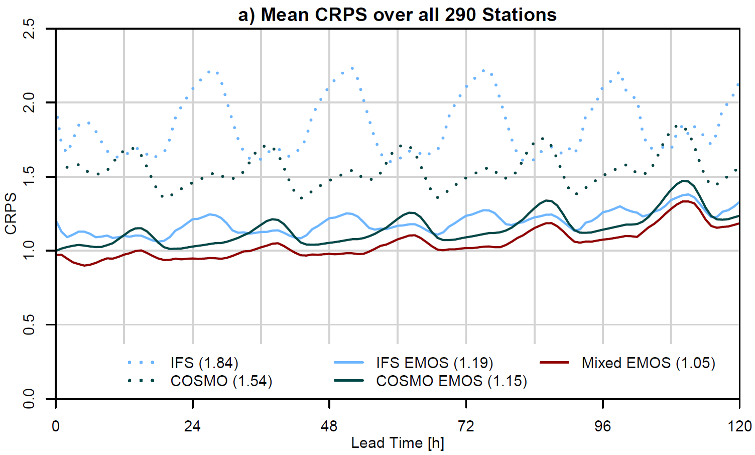
Even state-of-the-art high-resolution numerical weather prediction models (NWP) cannot fully resolve complex terrain as in the Alpine region and therefore suffer from systematic biases. Researchers from MeteoSwiss and the group of Prof. Heini Wernli demonstrate at the example of temperature forecasts in Switzerland that statistical postprocessing using ensemble model output statistics (EMOS) effectively removes such systematic biases. Also, postprocessing allows to combine short-term forecasts of the convection permitting COSMO ensemble and medium range forecasts of the global IFS model into one consolidated consensus forecast. EMOS allows not only to seamlessly combine the forecasts over short and medium term, the multi-model postprocessing (Mixed EMOS) of IFS and COSMO also yields lower errors in terms of the continuous ranked probability score (CRPS) than using postprocessing on either of the models individually.
Keller, R., Rajczak J., Bhend J., Spirig, C., Hemri, S., Liniger, M. A., and Wernli, H. (2021). Seamless multimodel postprocessing for air temperature forecasts in complex topography, Weather and Forecasting, 36, 3, external pagehttps://doi.org/10.1175/WAF-D-20-0141.1call_made
Paper: The Swiss Alpine Zero Degree Line: Methods, Past Evolution, Sensitivities
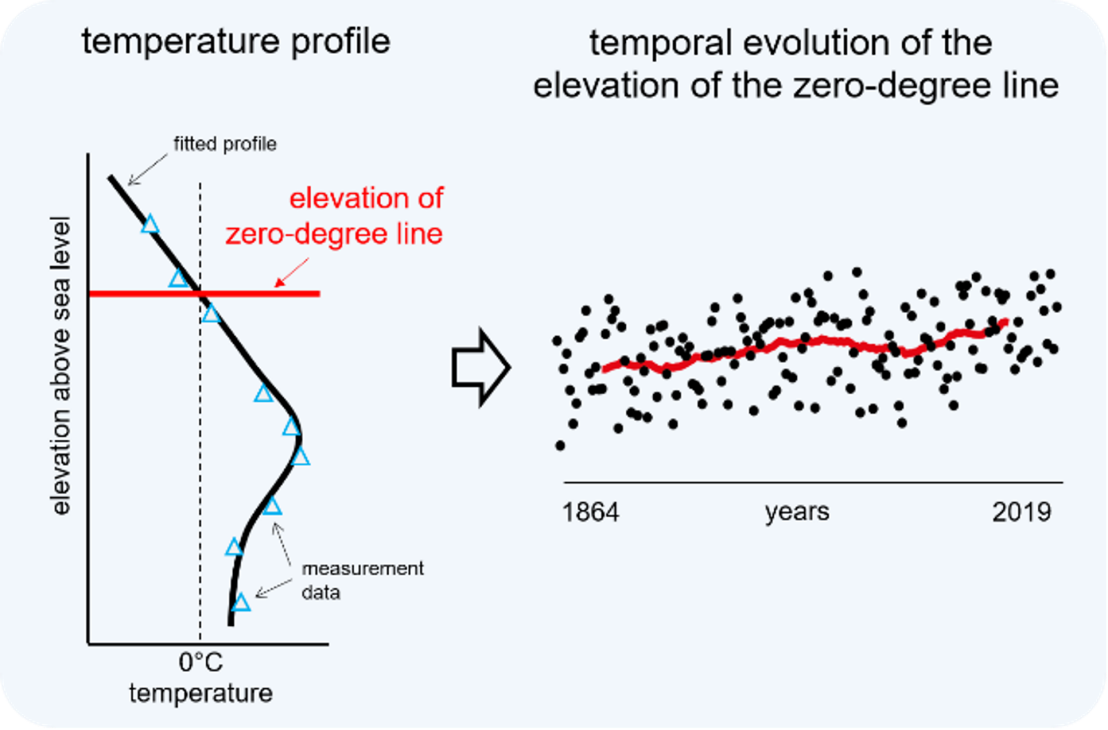
The near-surface zero degree line (ZDL) is a key isotherm in mountain regions, but a detailed analysis of methods for the ZDL determination, their properties and applicability in a changing climate is missing. Different approaches are used to determine the ZDL on a monthly scale in the Swiss Alps. A non-linear profile yields more robust and more realistic ZDLs than a linear profile, especially in the winter-half year when frequent inversions disqualify a linear assumption. In the period 1871-2019, the Swiss ZDL has risen by several hundred meters in every calendar month with the largest increases but also very large uncertainties in December and January. The increases have accelerated in the last decades, especially in spring and summer. The ZDL is currently increasing by about 160 m/°C warming in the summer-half year and by up to 340 m/°C in winter months. The outlined methods lay a foundation for the analysis of further isotherms and to study the future ZDL evolution based on climate scenario data.
Scherrer, S.C., Gubler, S., Wehrli, K., Fischer, A.M., and Kotlarski, S. (2021). The Swiss Alpine Zero Degree Line: Methods, Past Evolution, Sensitivities. International Journal of Climatology, early view. doi: external page10.1002/joc.7228call_madeexternal pagecall_made
Paper: Tree growth in Switzerland is increasingly constrained by rising evaporative demand
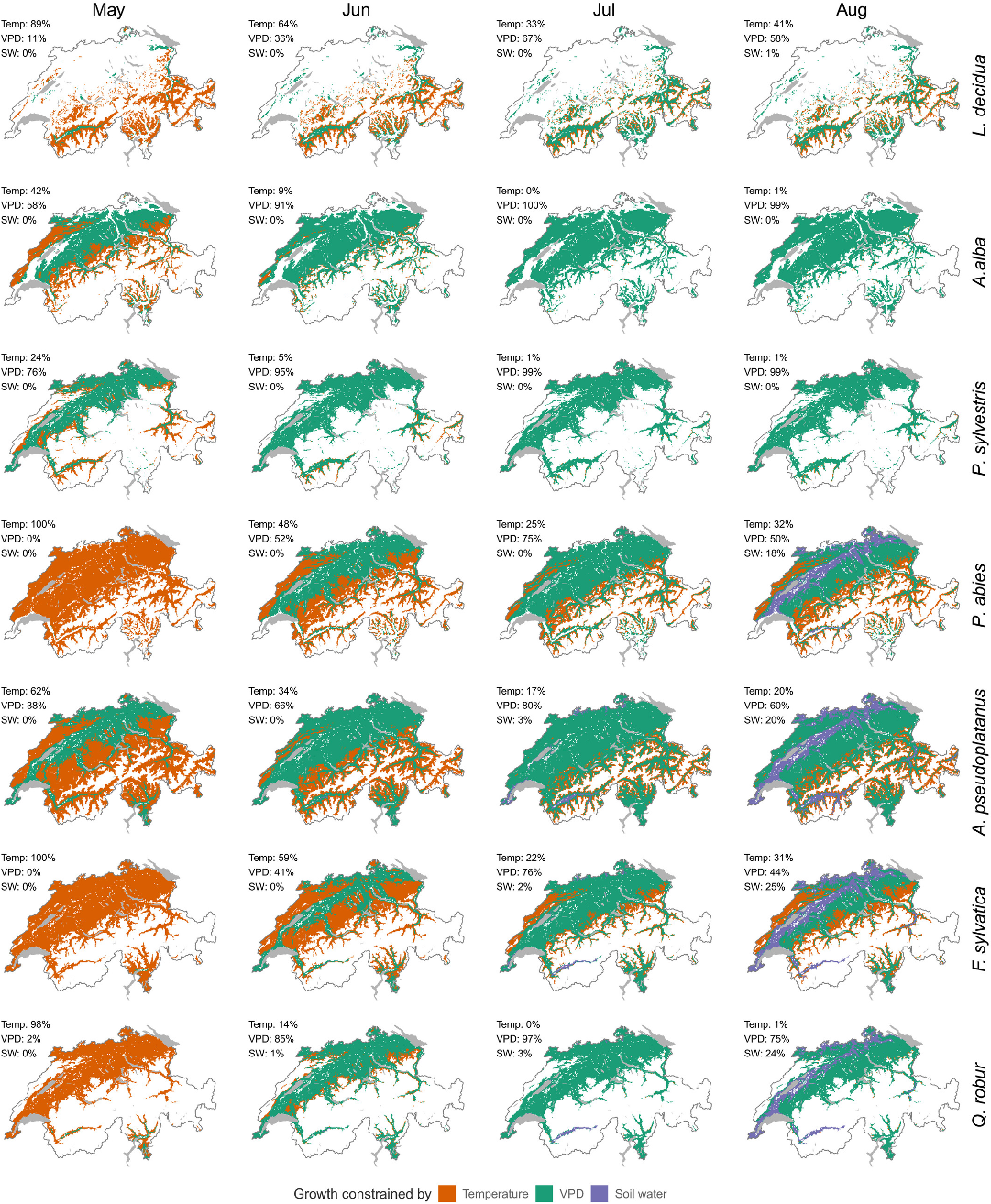
The response of trees to intra-annual environmental constraints varies temporally throughout a growing season and spatially across landscapes. A better understanding of these dynamics will help us anticipate the impacts of short-term climate variability and medium-term climate change on forests. Using the process-based 3-PG forest ecosystem model, we assessed the spatial manifestation and seasonal variation in environmental constraints [vapour pressure deficit (VPD), air temperature and soil water availability] on tree growth for the potential distribution range of seven widespread Central European tree species.
Our results highlight how the relative impact of environmental growth constraints has shifted in the last three decades, and show that the importance of VPD as a dominant environmental growth constraint has increased for tree species in Swiss and Central European forests. Understanding the spatial and temporal variability in environmental growth constraints will help to generate accurate species-specific risk maps for forest managers to identify areas with elevated drought and heat stress in the near future.
Trotsiuk V, Babst F, Grossiord C, Gessler A, Forrester DI, Buchmann N, Schaub M, Eugster W. (2021). Tree growth in Switzerland is increasingly constrained by rising evaporative demand. J Ecology external pagehttps://doi.org/10.1111/1365-2745.13712call_made
Paper: Urban multi-model climate projections of intense heat in Switzerland
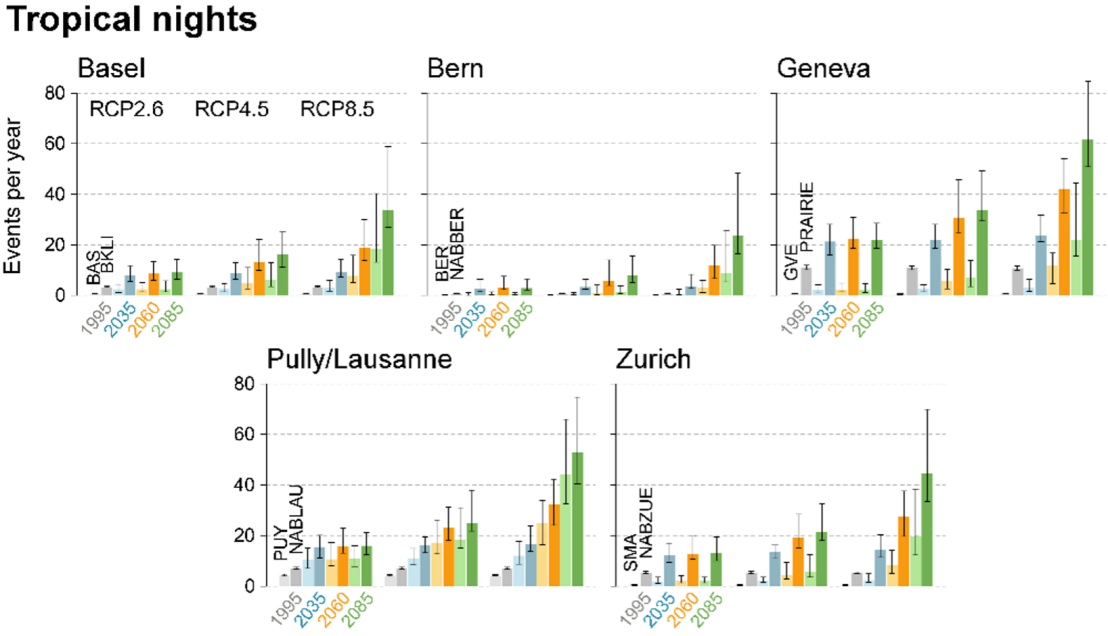
Originating from a master's thesis conducted at ETH Zurich, a paper on urban climate projections has now been published in the journal Climate Services. Projections are based on an ensemble of regional climate model simulations from EURO-CORDEX. The employed technique entails the empirical-statistical downscaling method quantile mapping, which is applied in two different settings, first for bias correction and downscaling of raw climate model data to rural stations with long-term measurements (accomplished in the frame of the CH2018 scenarios) and second for spatial transfer of bias-corrected and downscaled climate model data to the respective urban target site. The resulting products are projections for minimum and maximum temperature at five urban sites in Switzerland until the end of the 21st century under the RCPs 2.6, 4.5 and 8.5.
Comparing the generated urban climate projections with existing climate scenarios of adjacent rural sites allows to represent the urban heat island effect in future temperature-based heat indices. Urban areas will be more strongly affected by rising temperatures than rural sites in terms of fixed threshold exceedances, especially during nighttime (Figure 1). For detailed information, please contact .
Burgstall, A., Kotlarski, S., Casanueva, A., Hertig, E., Fischer, E.M., and Knutti, R. (2021). User-tailored climate projections of intense urban heat in Switzerland. Climate Services, 22, 100228. doi: external page10.1016/j.cliser.2021.100228.call_made

